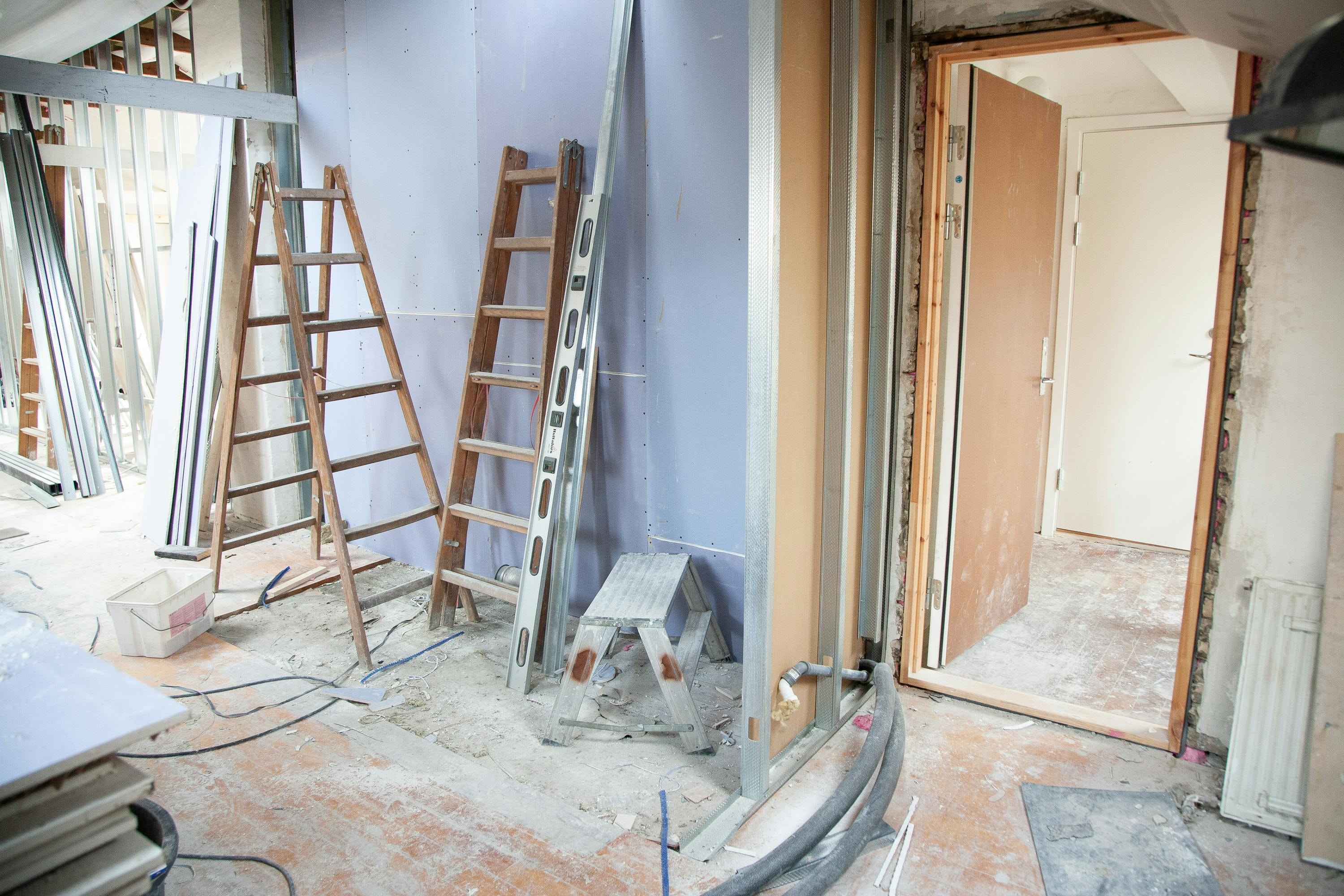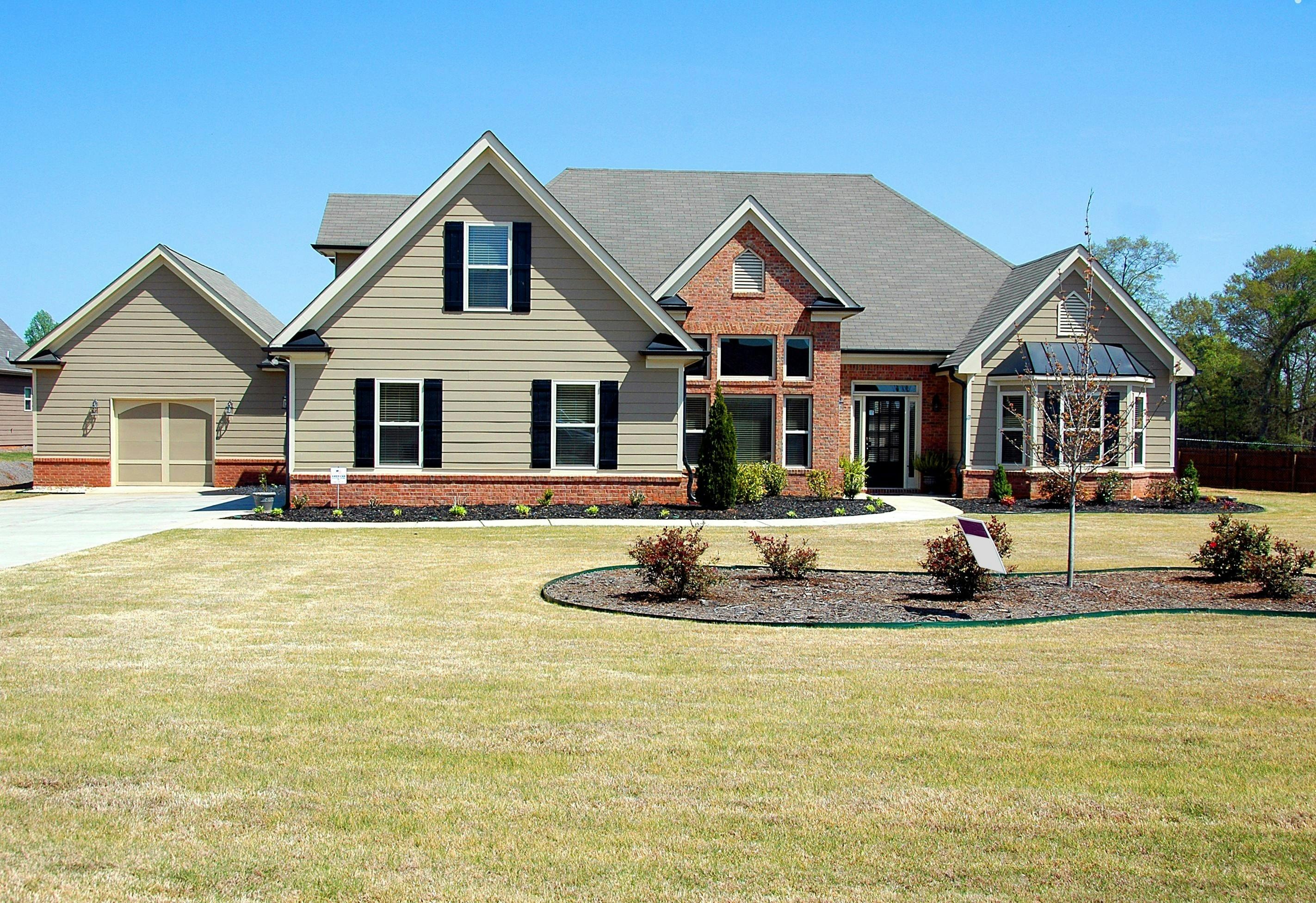Investor-Friendly Properties: A Deep-Dive Playbook to Spot, Analyze, and Profit

What Makes a Property Truly "Investor-Friendly"?
Predictable Cash-Flow Streams
Investor-friendly assets pay you every month—not just on the day you sell. Aim for a minimum 20–25 % margin between gross rents and all-in expenses. Investors should determine whether the property will generate positive cash flow after accounting for all costs.
Gross Rent Multiplier (GRM) Benchmarks
Divide purchase price by annual rent. Lower GRMs (under 10 in many Midwest markets) typically signal stronger cash flow.
Built-In Value-Add Potential
You want upside baked in. Whether it's outdated finishes, under-market rents, or unused square footage, forced appreciation can skyrocket equity in months, not years. Choosing the right value-add strategy is crucial for investors seeking to maximize returns. A well-executed value-add strategy can maximize both equity and cash flow.
Cosmetic vs. Structural Upside
Cosmetic: Paint, fixtures, landscaping—fast, cheap, high-impact.
Structural: Layout changes, additions—costlier but often double or triple ARV lift.
Flexible & Scalable Financing Options
If lenders are eager, take it as validation. An investor-friendly agent's ability to access a variety of financing options, including exclusive or specialized loan products, can be a significant advantage for scaling your portfolio. Debt-service-coverage-ratio (DSCR) loans ignore your W-2 and focus purely on property income, enabling rapid portfolio growth.
DSCR vs. Conventional Qualification
DSCR programs typically require 1.0–1.2× coverage, while conventional underwriting leans on debt-to-income (DTI). Choose based on your personal income and scale goals.

The Five Core Asset Classes Investors Love
Single-Family Rentals (SFRs)
Pros: 30-year fixed debt, deep buyer pool on exit—single-family rentals appeal to both homebuyers and renters, increasing exit flexibility and tenant demand.
Cons: One vacancy = 100 % vacancy.
Small Multifamily (2–4 Units)
Duplexes and triplexes blend residential financing with multi-door diversification—sweet spot for beginners scaling up.
Mid-Size & Large Multifamily (5+ Units)
Commercial lending, professional management economies (where property management companies can streamline operations and enhance returns for investors in larger multifamily assets), and forced appreciation via NOI growth—a playground for syndicators.
Short-Term & Mid-Term Furnished Housing
Think Airbnb near national parks or 90-day furnished rentals near hospitals. Cash flow can triple long-term rents, but regulations and management intensity rise in tandem. Effective marketing is essential to attract tenants and maximize occupancy in short- and mid-term rentals. To learn more about the differences of investing in these types of properties, see The Pros and Cons of Short Term Rentals: A Comprehensive Guide.
Niche Commercial (Mixed-Use & Small Retail Pads)
If the first-floor coffee shop covers 60 % of expenses, the residential units upstairs can be pure gravy. Diversified income streams mitigate risk. Successful commercial investments in mixed-use and retail pads often depend on the strength and stability of the underlying business tenants.
Macro & Micro Market Selection
Demographic Tailwinds & Job Growth
Jobs chase talent; talent chases lifestyle. Follow metro areas adding STEM, medical, or logistics hubs—housing demand will follow.
Strong local connections can help investors identify demographic shifts and new opportunities early, giving them an edge in spotting trends before they become widely recognized.
Landlord-Tenant Regulatory Climate
Understanding the regulatory climate is crucial for protecting investment returns. Eviction moratoriums and rent caps can gut returns. Study state statutes before you wire earnest money.
Affordability & Price-to-Rent Ratios
A healthy ratio (< 15× annual rent) means buyers can still afford homes, but renting remains attractive—perfect for investors.
Infrastructure & Lifestyle Amenities
New light-rail lines, riverwalks, and college expansions spark gentrification—and equity pops.

Advanced Deal-Sourcing Strategies
Finding great real estate deals requires actively searching for the best deals, including off market properties and off market deals, to uncover unique investment opportunities that may not be available through traditional channels.
MLS Sniping & Pocket Listings: Set up "hot sheets" filtered by DOM < 1 and keywords like "handyman special." A targeted search can help investors find the best deals before they hit the open market, including exclusive off market deals.
Data-Driven List Stacking: Layer absentee owners + high equity + code violations; skip-trace for direct mail or DNC-compliant cold calls.
Local Meetups & RIAs: Relationship deals close faster and cheaper than anything on Zillow. Searching for off market deals through your network can lead to exclusive investment opportunities and access to off market properties.
Underwriting Like a Pro—From Rules of Thumb to Full Pro-Forms
The 1%, 2%, and 70% Rules
1 % Rule: Monthly rent ≥ 1 % of purchase price.
2 % Rule: Feasible in cash-flow metros like Cleveland or Little Rock.
70 % Rule (Flips): Pay ≤ 70 % of ARV minus repairs.
Building a 10-Year Cash-Flow Projection
Model rent growth, expense inflation, refinance events, and cap-rate compression over a decade to gain a comprehensive view of your investment's long-term performance. Using a detailed spreadsheet for this projection helps you avoid costly six-figure mistakes by highlighting potential cash flow fluctuations and financial risks well in advance. This forward-looking approach enables you to plan for contingencies, adjust your strategy, and make informed decisions that align with your investment goals.
Stress-Testing Vacancy, CapEx, and Rate Shocks
Stress-testing your investment against scenarios like a 10% vacancy rate, unexpected capital expenditures (CapEx), or a 2-point interest rate increase is essential to evaluate its resilience. If your deal cannot withstand these common shocks without becoming unprofitable, it's a strong signal to pass on the opportunity. This risk management step ensures you are prepared for market volatility and unexpected expenses, protecting your portfolio from sudden financial strain.
Exit Sensitivity Analysis
Perform an exit sensitivity analysis by charting your Internal Rate of Return (IRR) across three sale-price scenarios—bear, base, and bull markets. This analysis provides peace of mind by showing that even in a worst-case scenario, your investment still generates acceptable returns or at least breaks even. Understanding how different market conditions impact your exit strategy helps you make confident decisions and better prepare for future market fluctuations.
Funding the Deal
Conventional: Typical LTV 80–85 %, Speed 30–45 days, Best for Single-Family Rentals (SFRs) & House-Hacking.
DSCR: Typical LTV 75–80 %, Speed 21–30 days, Best for Cash-Flow Rentals.
Hard Money: Typical LTV 65–70 % of After Repair Value (ARV), Speed 7–10 days, Best for Flips & BRRRR strategies.
Private Money: Negotiated LTV, Speed 3–7 days, Best for Relationship-Based financing.
Once financing is secured, investors should carefully review the contract terms to ensure the loan conditions are favorable before proceeding. To learn about more ways to finance your purchases in real estate, see Creative Financing for Real Estate Investors: Top Tips to Save Money.
Value-Add & Forced Appreciation Tactics
Before diving into specific value-add tactics, it's crucial to have a clear plan to manage renovations and improvements efficiently. Properly managing these projects ensures you maximize your property's value-add potential and avoid unnecessary delays or costs.
Kitchens & Baths (ROI 70–90 %)
Curb Appeal—Landscaping, Lighting, Doors
Add Beds or Convert Attic/Basement
Utility Bill-Backs (RUBS)
Solar/EV Charging Stations (premium rents)
On-Site Storage & Pet Fees
Modern Property Management Best Practices
Tech Stack: Utilize advanced software and tools to streamline property management, tenant screening, and maintenance tracking for optimal efficiency. See Top 10 Best CRM for Real Estate Investors in 2026 for tips.
Tenant Screening: AI-driven risk scoring reduces evictions by 35 %.
Maintenance: 24/7 portals + preferred vendor pricing save 15 % annually.
Retention: Renewal incentives cost less than turnovers—think smart-thermostat giveaways.

Your 90-Day Action Blueprint
Pick Two Target Metros based on data. Choose metropolitan areas that show strong economic growth, job creation, and favorable demographic trends. Focus on metros with expanding STEM, medical, or logistics hubs, as these sectors tend to drive sustained housing demand. By selecting two target metros, you can diversify your portfolio while concentrating your efforts on markets with high potential returns.
Assemble Power Team: Build a team with an investor friendly agent, realtor, lender, contractor, and property manager—all experienced investors with deep market knowledge. Clearly communicate your goals to ensure your agent can find the best deals. Experienced investors rely on a strong network of professionals and the right agent to maximize opportunities.
- Analyze 50 Deals (one per weekday).Dedicate time each day to thoroughly evaluate potential investment properties. By consistently analyzing a high volume of deals, you sharpen your ability to spot promising opportunities and avoid pitfalls. This disciplined approach builds your market knowledge and helps you identify the best investor friendly properties.
- Make 15 Offers; Expect 1–2 Acceptances.Actively submit multiple offers based on your analysis, understanding that not every offer will be accepted. Making 15 offers increases your chances of securing 1 to 2 properties that meet your investment criteria. Persistence and strategic bidding are essential to winning the best deals in competitive markets.
- Lock Financing Early; Over-Communicate with Contractors.Secure your financing as soon as possible to strengthen your purchase position and avoid delays. Maintain clear and frequent communication with contractors to ensure renovation timelines and budgets stay on track. This proactive coordination minimizes surprises and helps maximize your return on investment.
- Stabilize, Refi, Repeat—snowball begins.After acquiring and renovating a property, focus on stabilizing it with reliable tenants and steady rental income. Once stabilized, refinance to pull out equity, which you can then deploy to acquire additional properties. This repeatable cycle accelerates portfolio growth and builds long-term wealth.

Conclusion
Investor-friendly properties are widely available if you understand the key metrics, master local markets, and act decisively. By combining thorough data analysis with diligent research and choosing the right strategies and partners, property investors can transform average houses into reliable cash-flow engines that maximize potential returns and build generational wealth over time. Success in real estate investment hinges on a deep understanding of market dynamics, careful property selection, and proactive management—all of which empower investors to capitalize on opportunities and mitigate risks effectively. To learn more about the world of real estate investing, see Top Property Deals for Investors: Find Profitable Opportunities Today.